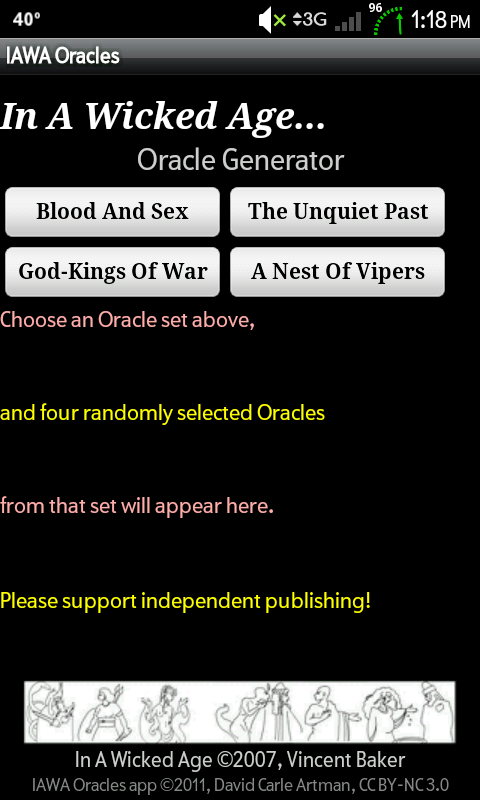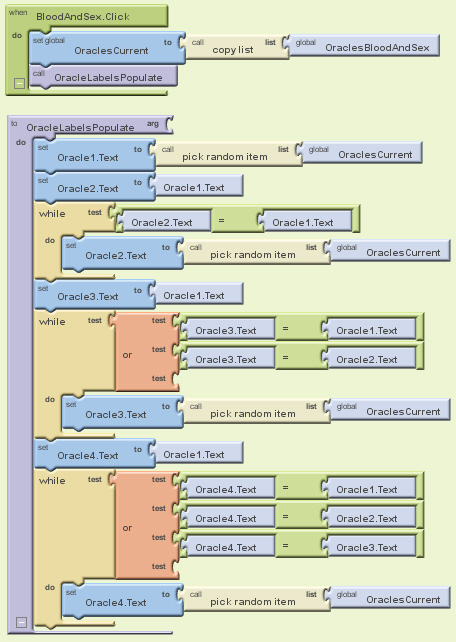Challenge
Municipal food banks depend upon food donations to serve the hungry. Coordinating donors with bank locations becomes a logistical challenge:
- Picking up donations in a timely manner, without disrupting donor business
- Distributing donations to banks that need them most
- Accounting for the storage space of banks
- Transferring food between banks, if actual numbers do not align with projected needs
Use Cases
A donor registers what they have to donate on a Google map, and chooses a range of pickup time (e.g. a restaurant will usually want it to be between 2pm and 4pm; a grocery store might prefer 10pm to 2am). Options to schedule recurring pickup days, dates, and times.
A recipient registers current stock (one-time, upon setup), storage maximums by volume or weight or other? (one-time, upon setup; and if storage increased), pickup minimums by volume or weight (below which it’s not worth the bank’s costs to pick-up; adjustable as needs change), and projected need (daily, weekly; based on history, once sufficient data is accumulated).
A bank’s delivery drivers are given a “traveling salesman” shortest route to pickup donations equivalent to the bank’s projected need. When they commit to the route, those donations are not made available to other banks unless released later by the receiving bank (to be re-distributed where most needed).
Architecture
Initial setup form, as donor only or recipient/donor.
Site (donor or bank) location definition, via manual text entry, push-pin on Google map, or GPS.
Secure verification of valid bank via server check against state or municipal registries.
User deletion of “bad” donor locations -OR- “bad” donor location reporting and server-side banning.
Multiple location support, for owners of several donor businesses or managers of multiple food banks.
Route navigation interface, once a bank’s delivery drivers commit to best-route pick-ups.
Option to use less efficient routing, if necessary to deliver more balanced meals at a given bank or system-wide.
Historical data storage, server-side or locally, for need projection for a given distribution period (day, week, month?).
Optional automatic application of need projections based on historical data, with ability to adjust before submitting to server for distribution.
Costs
Application development and maintenance – Open source community? Grants?
Validation of food banks against municipal or state charters – Possibly manual labor; possibly automatic with connection to government systems.
Server-side data accumulation and re-distribution to apps – Possibly a function of a public Google map; more likely hosted via grant or by government servers.
License
 This work is distributed by David Carle Artman under the Creative Commons Attribution-Noncommercial-Share Alike 3.0 License.
This work is distributed by David Carle Artman under the Creative Commons Attribution-Noncommercial-Share Alike 3.0 License.

